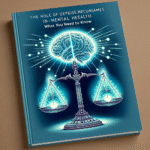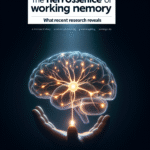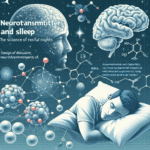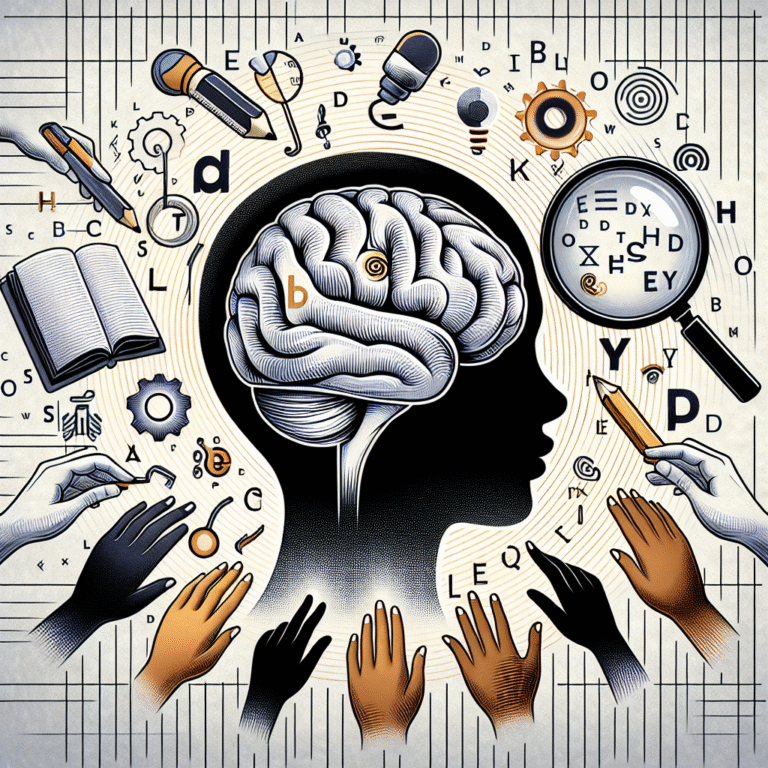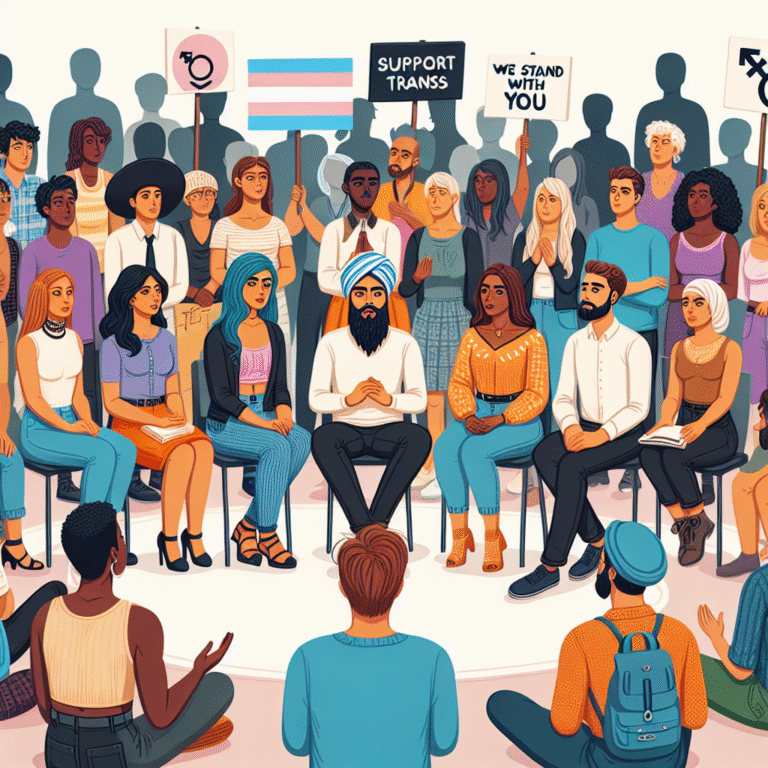
From Struggle to Strength: Essential Coping Mechanisms for Students Facing Learning Disabilities and Anxiety
Introduction
Navigating the educational landscape can be challenging for any student, but for those facing learning disabilities and anxiety, it can sometimes feel like an insurmountable struggle. Imagine the daily frustrations of a student who understands the material but struggles to communicate that knowledge effectively, all while being weighed down by anxiety. The interplay between learning disabilities and anxiety can create a unique cocktail of challenges—one that requires innovative coping mechanisms to transform struggle into strength.
This article, "From Struggle to Strength: Coping Mechanisms for Students Facing Learning Disabilities and Anxiety," dives deeply into real-world applications, evidence-based strategies, and inspiring case studies. By providing insight into effective coping mechanisms, we aim to equip students, educators, and parents with the tools they need to foster resilience and empowerment in the face of adversity.
Understanding Learning Disabilities and Anxiety
Before examining coping mechanisms, it’s crucial to understand what learning disabilities and anxiety entail. Learning disabilities can take various forms, such as dyslexia, dyscalculia, and ADHD, often impacting a student’s ability to process information in a typical manner. Anxiety, on the other hand, can be a pervasive feeling of worry or fear that can hinder performance and overall well-being.
Case Study: Sarah’s Struggles with Dyslexia and Anxiety
Sarah, a high school sophomore diagnosed with dyslexia, often faced overwhelming challenges in reading aloud in class. Each time her teacher called on her, an intense wave of anxiety would wash over her, leading to physical symptoms such as a racing heart and sweaty palms. Understanding this connection between her learning disability and anxiety was the first step in her journey from struggle to strength.
Coping Mechanism #1: Mindfulness and Relaxation Techniques
Mindfulness practices can provide an anchor for students battling anxiety. Mindfulness teaches students to focus on the present moment and can significantly reduce anxiety levels.
Practice Mindfulness
-
Breathing Exercises: Simple breathing techniques can be taught to students, helping them to control their anxiety spikes. For example, the 4-7-8 breathing technique—inhale for 4 seconds, hold for 7, and exhale for 8—can calm the nervous system and provide immediate relief.
- Guided Meditation: Introduce students to guided meditation sessions aimed at fostering a sense of calm. Apps like Headspace or Calm provide structured programs designed specifically for students.
Case Study Reflection
In Sarah’s case, incorporating mindfulness into her daily routine significantly alleviated her anxiety. With the help of her school counselor, she practiced short meditation sessions before classes, enabling her to approach her studies more calmly and confidently.
Coping Mechanism #2: Structured Support Systems
Establishing a well-structured support system is vital for students struggling with learning disabilities and anxiety. This can include academic support, social networks, and professional therapists.
Academic Support
-
IEPs and 504 Plans: Work with educators to develop an Individualized Education Program (IEP) or a 504 Plan that addresses specific learning needs. These plans ensure students receive the necessary accommodations, such as extra time on tests or access to reading software.
- Tutoring and Peer Support Groups: Encourage participation in peer-led study groups or one-on-one tutoring to build confidence and reinforce learning.
Case Study Reflection
A parallel case to Sarah’s is Jacob, a college freshman facing similar challenges. By forming a study group with peers who had experience with learning disabilities, Jacob found a supportive environment to share struggles and strategies, contributing to his academic success and emotional well-being.
Coping Mechanism #3: Organizational Skills and Tools
Developing effective organizational skills can help students manage their workload, thereby reducing anxiety related to deadlines and projects.
Use of Technology
-
Digital Organizers: Tools like Google Calendar or Trello can assist students in keeping track of assignments and deadlines, allowing them to break down tasks into manageable steps.
- Voice Recognition Software: For students with writing difficulties, voice recognition software like Dragon NaturallySpeaking can aid in the composition of essays and reports.
Case Study Reflection
Sarah leveraged organizational tools to enhance her study routine. By integrating a digital planner into her daily habit, she could visualize her tasks, reducing anxiety around impending deadlines.
Coping Mechanism #4: Emotional Regulation Strategies
Understanding and managing emotions are key components of coping with anxiety and learning disabilities.
Developing Emotional Intelligence
-
Identifying Triggers: Help students recognize specific situations that trigger anxiety and develop coping strategies tailored to those triggers.
- Expressive Writing: Encourage students to engage in journaling as a method to articulate their feelings, which can serve as a healthy outlet for emotions.
Case Study Reflection
Jacob found journaling to be a transformative practice. By writing about his experiences, he not only recognized his anxiety triggers but also developed a deeper understanding of his emotions, which ultimately empowered him to handle challenges more effectively.
Coping Mechanism #5: Building Self-Advocacy Skills
Empowering students to advocate for their own needs is critical. Self-advocacy gives students a voice, enabling them to express their educational needs.
Encourage Open Communication
-
Regular Check-ins with Educators: Encourage students to schedule regular meetings with teachers to discuss progress and any difficulties they’re facing.
- Role-playing Scenarios: Practice self-advocacy through role-playing exercises, allowing students to rehearse how to ask for help or accommodations.
Case Study Reflection
Through regular communication with her teachers, Sarah gained confidence and started voicing her educational needs. This newfound self-advocacy led her to better accommodations during exams, directly correlating with improved performance and decreased anxiety.
Coping Mechanism #6: Establishing Healthy Routines
A consistent daily routine helps reduce anxiety by providing structure and predictability.
Create Balance
-
Time for Exercise: Encourage daily physical activity, which has been proven to reduce anxiety levels and enhance mood through endorphin release.
- Prioritize Sleep: Establishing a healthy sleep schedule is pivotal. Educators and parents should collaborate to ensure that homework and exam timings consider students’ need for sleep.
Case Study Reflection
Jacob’s establishment of a daily exercise routine was a game-changer. Incorporating short workouts into his day not only improved his physical health but also fueled his emotional resilience against anxiety.
Conclusion
Transforming struggle into strength is an ongoing journey for students facing learning disabilities and anxiety. By leveraging coping mechanisms such as mindfulness techniques, structured support systems, organizational tools, emotional regulation, self-advocacy, and healthy routines, students can carve pathways toward success.
Each student is unique, and their journey will look different. However, with the right strategies, support, and mindset, they can build resilience and foster personal growth in the face of challenges. Remember, the path to strength might be filled with hurdles, but it is also paved with opportunities for empowerment and achievement.
Final Inspirational Takeaway: The journey from struggle to strength is not just about overcoming challenges; it’s a celebration of resilience, growth, and the unwavering spirit to thrive. Embrace the journey—each step is a testament to the strength within.
FAQs
1. What are learning disabilities?
Learning disabilities are neurological disorders that affect the brain’s ability to process information. Common types include dyslexia, dysgraphia, and ADHD, impacting skills such as reading, writing, and math.
2. How can anxiety affect students with learning disabilities?
Anxiety can exacerbate the challenges posed by learning disabilities, making it harder for students to perform at school. It may lead to avoidance behaviors, decreased motivation, and poorer academic outcomes.
3. What role do parents play in supporting students?
Parents can advocate for their children, ensuring they receive necessary accommodations. They should also create a nurturing environment that promotes open communication about feelings and challenges.
4. Are there specific therapies for anxiety related to learning disabilities?
Yes, cognitive-behavioral therapy (CBT) is often effective in treating anxiety. Additionally, therapies that focus on skill-building and emotional regulation can benefit students with learning disabilities.
5. How can schools create a supportive environment for these students?
Schools can promote inclusive practices by providing training for teachers, implementing IEPs and 504 plans, and offering mental health resources. Fostering a culture of acceptance and understanding is crucial for student success.
By integrating robust coping strategies and fostering supportive environments, we can truly help students facing learning disabilities and anxiety not only cope but thrive in their academic journeys.
